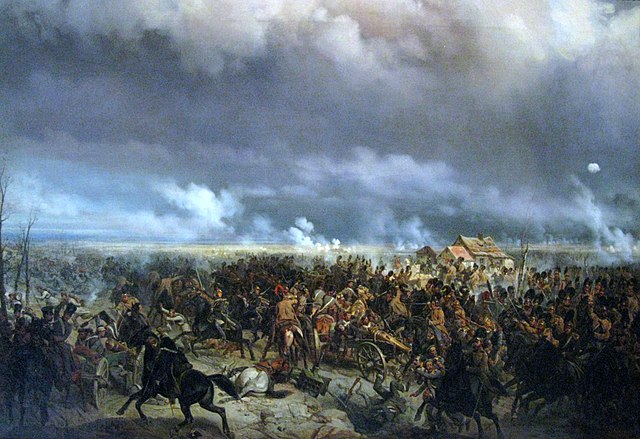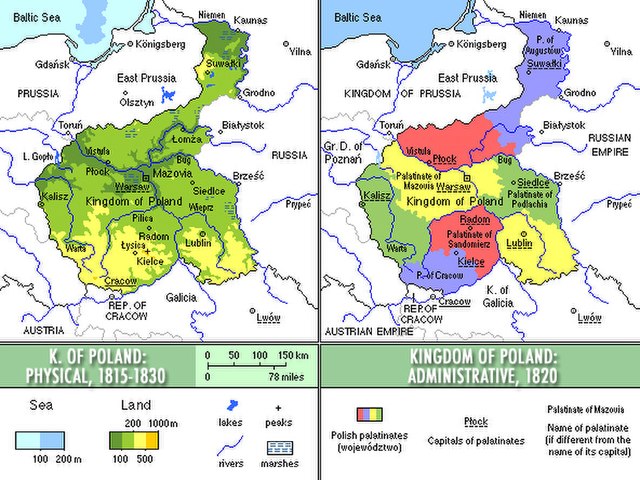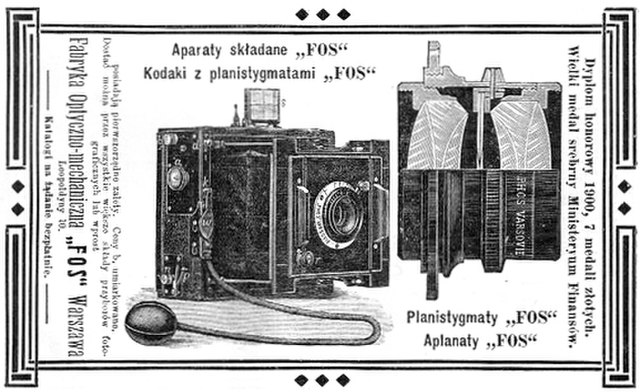The November Uprising (1830–31), also known as the Polish–Russian War 1830–31 or the Cadet Revolution,
was an armed rebellion in the heartland of partitioned Poland against the Russian Empire. The uprising began on 29 November 1830 in Warsaw when young Polish officers from the military academy of the Army of Congress Poland revolted, led by Lieutenant Piotr Wysocki. Large segments of the peoples of Lithuania, Belarus, and Right-bank Ukraine soon joined the uprising. Although the insurgents achieved local successes, a numerically superior Imperial Russian Army under Ivan Paskevich eventually crushed the uprising.
The Russian Emperor Nicholas I issued the Organic Statute in 1832, according to which henceforth Russian-occupied Poland would lose its autonomy and become an integral part of the Russian Empire. Warsaw became little more than a military garrison, and its university closed.
Taking of the Warsaw Arsenal. Painting by Marcin Zaleski.
Battle of Olszynka Grochowska
Emilia Plater leading scythemen 1831
Seal of the "dictator" of the uprising
Congress Poland, Congress Kingdom of Poland, or Russian Poland, formally known as the Kingdom of Poland, was a polity created in 1815 by the Congress of Vienna as a semi-autonomous Polish state, a successor to Napoleon's Duchy of Warsaw. It was established when the French ceded a part of Polish territory to the Russian Empire following France's defeat in the Napoleonic Wars. In 1915, during World War I, it was replaced by the German-controlled nominal Regency Kingdom until Poland regained independence in 1918.
The Kingdom of Poland, 1815–1830
An advertisement of cameras made by a Polish company FOS (1905). Cameras, objectives and stereoscopes were exclusively made in Congress Poland.
An early photograph of Manufaktura in Łódź. The city was considered to be one of the largest textile industry centres in Europe and was nicknamed Polish Manchester.







